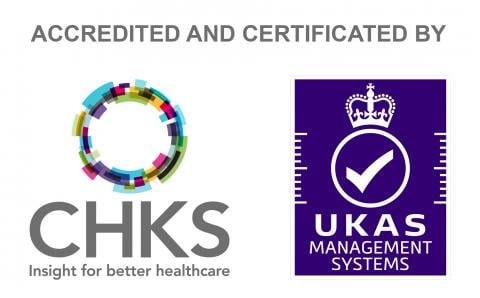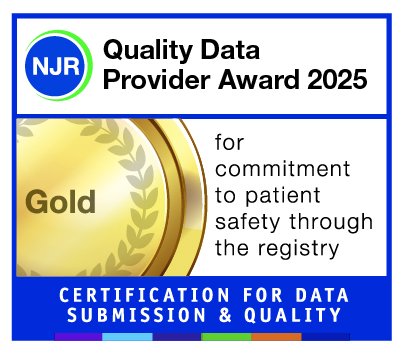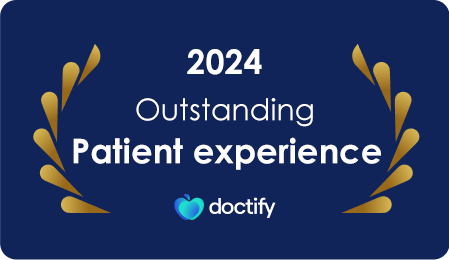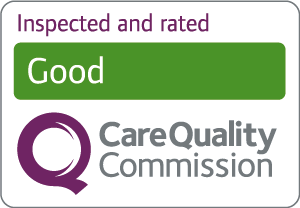
On 12th October, World Arthritis Day, we would like to increase awareness of joint conditions and highlight the importance of receiving timely diagnosis and treatment. Arthritis is a debilitating condition characterised by joint pain, inflammation, swelling, and stiffness, and is estimated to affect around 10 million people of all ages in the UK. Dr Dobrina Hull, Consultant Rheumatologist at New Victoria Hospital, sheds light on some common misconceptions about arthritis.
Myth #1: Arthritis only affects older people
Arthritis can affect people of all ages – children, adolescents, and adults. It is a misconception that arthritis and joint problems exclusively afflict older individuals. In fact, two-thirds of arthritis sufferers in the UK are under the age of 65, with nearly three million under 35.
Myth #2: All arthritis types are the same
There are different types of arthritis, and it is important to identify which type you might have. The main way to differentiate types of arthritis is to determine if the arthritis is causing joint inflammation or not. Uncontrolled inflammation in the joints can lead to joint damage and deformity over time, but detecting this early and starting the right treatment can reduce inflammation and protect the joints against damage. One of the most common types of inflammatory arthritis is rheumatoid arthritis, while one of the most common non-inflammatory arthritis is osteoarthritis (wear and tear arthritis).
Myth #3: Arthritis is not a serious health issue
Arthritis can be devastating, with up to 8 in 10 people experiencing daily pain. While one of the most common symptoms of arthritis is joint pain, the condition can also affect other aspects of health, such as difficulty to move and carry out normal daily activities and tasks, fatigue, and in some people, it can even damage a wide variety of body systems and lead to disability.
Myth #4: There is no cure for arthritis
Highly effective arthritis treatments are available, and they can make a huge difference in reducing symptoms and preventing irreversible joint damage. There is a variety of treatment options available depending on the type of arthritis you have – from medications, joint injections, physical and complementary therapies, and surgery, to talking therapies and other pain management treatments to help people live well with the condition.
Myth #5: Exercise can make arthritis worse
While it can be challenging to keep moving when you have joint pain, appropriate exercise will not cause more damage to the joints. Moreover, staying active is vital not only for your overall health, but it can also reduce arthritis symptoms and pain. Exercise improves muscle strength and keeps joints strong and well-supported, reduces stiffness, enhances balance, boosts energy levels, and fights tiredness. The important thing is that you do the right type of exercise – doctors and physiotherapists will be able to recommend the most suitable activity and intensity depending on the type of arthritis you have.
What are the key symptoms of arthritis to watch out for, and when do I need to see a doctor?
Occasional joint aches and pains are common, especially after some physical activity. However, if you experience joint swelling, stiffness, or pain that you cannot explain, that lasts for a few days or keeps coming back, then it is crucial to consult a doctor. Similarly, if the joint symptoms are starting to affect everyday tasks and limit what you are able to do, you should seek medical help. The outcomes for all types of arthritis are much better when diagnosed and treated early.
To book an appointment with our Consultant Rheumatologists, please call us on 020 8949 9020 or complete our online form:












